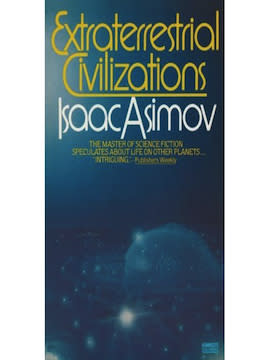 The Sideshow
The SideshowThere may be 500,000 Earth-like planets in our galaxy alone

Yesterday's announced discovery of Earth-like planet Kepler-22b brought with it renewed speculation over the possibility of life on other worlds. And while the news was exciting, there's growing evidence that it's only a drop in the bucket when it comes to finding habitable worlds in our cosmic neighborhood.
Space.com has provided a handy guide to some of the 700 planets discovered by the Kepler telescope outside of our solar system. The findings include "Super-Earth" planets such as Kepler-22b and even possible "Water Worlds," like the planet GJ 1214b, which may be covered in vast oceans of water. And outside this "habitable zone" are other interesting finds, including several "Rogue Planets" that orbit the Milky Way galaxy independently after they were ejected from their solar system.
The discovery of Kepler-22b reminded me of a great Isaac Asimov book I read in the late 80's called Extraterresrtial Civilizations. Even though Asimov wrote the book before the Hubble telescope was put into use, his theories are still considered cutting-edge to this day.
Using the most conservative methods at his disposal, Asimov attempted to come up with a plausible number of habitable planets amongst the estimated 300 billion stars in the Milky Way--while also trying to calculate the number that might have been home to civilizations of alien life at or around our own current level of biological evolution. The number he came up with? 500,000.
As NASA itself keeps reminding the public, as exciting as these new planetary discoveries are, they truly are only the beginning.
Other popular Yahoo! News stories:
• Endangered crocodile finds new life at nuclear power plant

